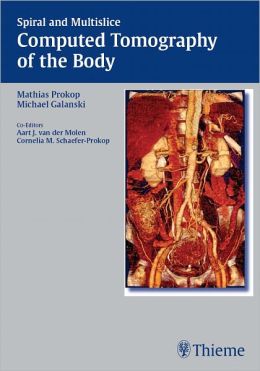-68%
A Comprehensive Guide to Dialysis: Understanding End-Stage Renal Disease
Introduction
The field of dialysis has witnessed significant advancements, offering life-sustaining treatments for individuals with end-stage renal disease (ESRD). This comprehensive handbook serves as an invaluable resource, providing detailed guidance on all aspects of dialysis, empowering healthcare professionals to effectively manage patients with ESRD.
Target Audience
This handbook is meticulously crafted for a broad spectrum of healthcare professionals involved in the multifaceted care of ESRD patients. Its primary audience comprises trainee nephrologists and renal nurses, but its scope extends to pharmacists, dieticians, intensivists, and medical students seeking a comprehensive understanding of this critical healthcare discipline.
Content and Organization
The handbook is meticulously organized into intuitive sections, ensuring ease of navigation and quick access to vital information. Each section meticulously explores a specific aspect of dialysis, catering to the diverse needs of healthcare professionals.
1. Pre-Dialysis Care: New Patients with End-Stage Renal Failure
This section lays the foundation for understanding the preparatory steps involved in initiating dialysis therapy. It thoroughly examines patient education, comprehensive assessment techniques, and the crucial role of shared decision-making in navigating the challenges of ESRD.
2. Hemodialysis: A Life-Sustaining Intervention
Hemodialysis is extensively covered in this section, with an emphasis on both theoretical and practical aspects. It elucidates the principles of hemodialysis, including the mechanics of the dialyzer, vascular access techniques, and monitoring strategies. Additionally, it delves into the complexities of hemodialysis circuit complications, offering insights into their prevention and management.
3. Nursing Hemodialysis Patients: A Holistic Approach
This section focuses on the essential role of nurses in providing exceptional care to hemodialysis patients. It explores patient assessment techniques, medication management, and the intricacies of fluid and electrolyte balance. It emphasizes the importance of patient education and counseling, empowering them to actively participate in their own healthcare journey.
4. Peritoneal Dialysis: A Patient-Centric Option
Peritoneal dialysis emerges as a viable alternative for ESRD patients seeking greater flexibility and autonomy. This section meticulously examines the principles of peritoneal dialysis, including patient selection criteria, catheter insertion techniques, and specific peritoneal dialysis modalities. It also delves into potential complications and strategies for their effective management.
5. Nursing Peritoneal Dialysis Patients: A Personalized Care Plan
This section delves into the intricate nuances of nursing care for peritoneal dialysis patients. It comprehensively outlines patient assessment, monitoring, and medication administration. It emphasizes the importance of patient education and support, fostering a collaborative relationship between healthcare professionals and patients.
6. Nutrition on Dialysis: Ensuring Optimal Well-Being
Nutrition plays a pivotal role in the well-being of ESRD patients. This section provides an in-depth exploration of specific dietary requirements, including fluid and electrolyte restrictions. It discusses the importance of individualized nutritional counseling and the role of interdisciplinary collaboration in achieving optimal nutritional outcomes.
7. Special Situations: Navigating Complexities
Certain patient populations with ESRD present unique challenges. This section meticulously examines the intricacies of dialysis in pregnant women, children, and patients with co-existing medical conditions. It explores the complexities of managing these special situations, ensuring safe and effective dialysis therapy.
8. Complications of Dialysis: Identifying and Managing
Despite advancements in dialysis techniques, complications inevitably arise. This section comprehensively outlines potential complications, including hypotension, clotting, and infection. It emphasizes the importance of early detection, prompt intervention, and proactive strategies for minimizing risks.
9. Death in Dialysis Patients: A Sensitive and End-of-Life Care
End-of-life care for ESRD patients requires sensitivity and compassionate decision-making. This section explores the ethical considerations surrounding withdrawal of dialysis, palliative care interventions, and bereavement support. It emphasizes the importance of respecting patient autonomy and providing holistic care during this challenging time.
10. Drug Use and Dosing in Renal Failure: Ensuring Safety and Efficacy
The altered physiology of ESRD patients necessitates careful consideration of drug use and dosing. This section provides detailed guidance on drug pharmacokinetics and pharmacodynamics, highlighting potential drug interactions and the importance of monitoring.
11. US DOQI and UK Renal Association Standards: Benchmarking Quality Care
This section scrutinizes international dialysis standards, including the US DOQI and UK Renal Association guidelines.










Reviews
Clear filtersThere are no reviews yet.